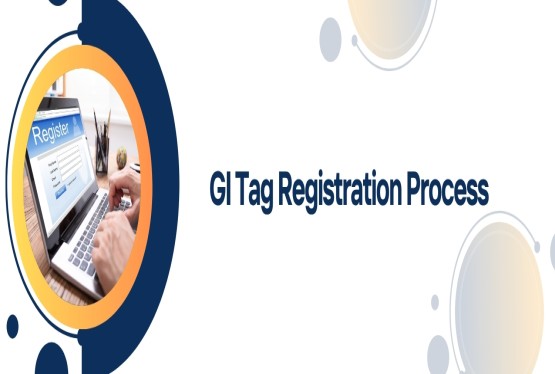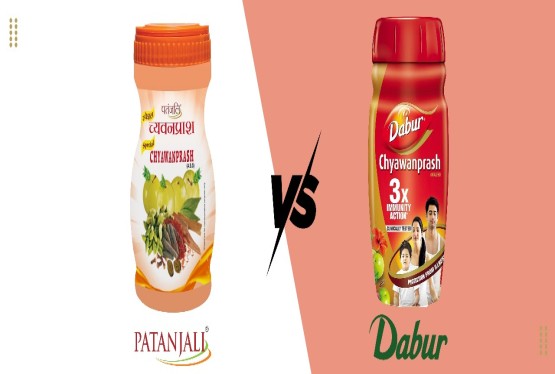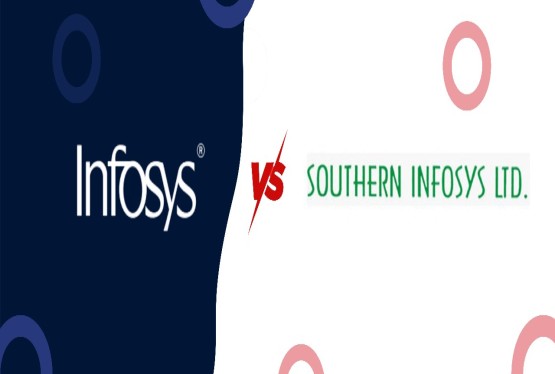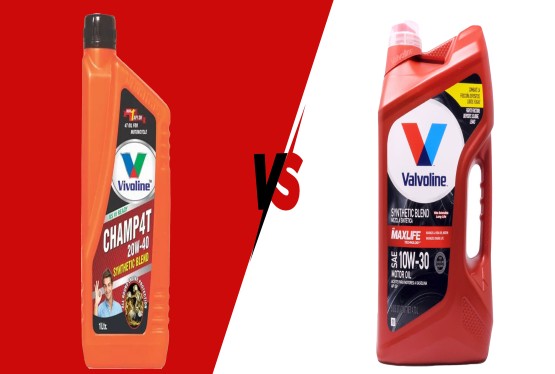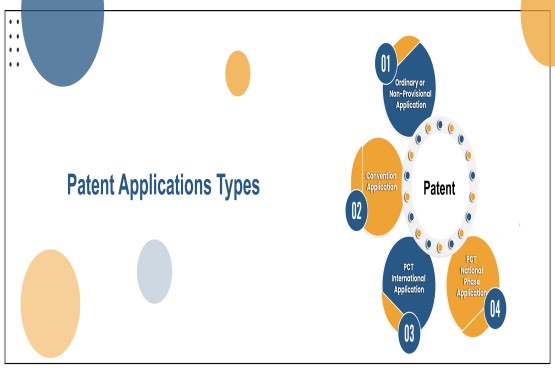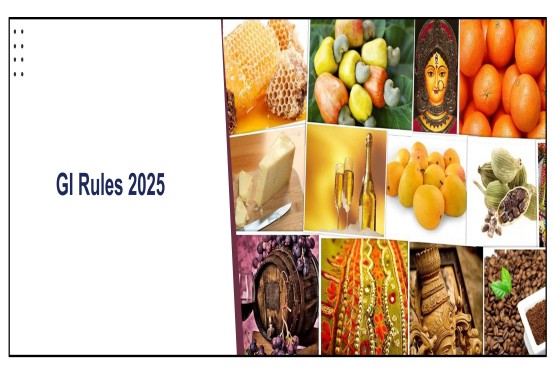A Geographical Indication (GI) is a designation used on products that originate from a specific geographical area and have unique qualities, characteristics, or a reputation closely linked to that region. This label serves as a certification that the product is authentic, made in a defined location, and often follows traditional methods. GIs can cover a wide range of products, including agricultural goods, food, wines, spirits, handicrafts, and industrial items.
Importance of Geographical Indications
Preserving Cultural Heritage
GIs help safeguard traditional knowledge and cultural practices. Many GI products have deep historical roots and play an essential role in local culture. The certification ensures that these traditions are maintained and passed onto future generations. It also fosters pride within communities, helping to preserve their unique practices.
Economic Advantages
Producers benefit financially from the added value that a GI tag brings. GI-labelled products often command higher prices due to their association with specific qualities and origin. For instance, consumers may be willing to pay a premium for Darjeeling tea or Champagne because these products are tied to a particular place and have established reputations for excellence.
Boosting Consumer Confidence
GIs provide assurance to consumers that the products they are purchasing are authentic and of high quality. It protects them from being misled by imitation products. Consumers can trust that a GI-certified item has been produced according to specific standards and regional practices, providing transparency and reliability in the marketplace.
Intellectual Property Protection
GIs are a form of intellectual property that protects producers from unauthorized use of their regional name by outside manufacturers. For example, only sparkling wine made in the Champagne region of France and following its traditional methods can be labelled as "Champagne." This protection prevents misuse of the geographical name, maintaining the product's integrity.
Examples of Geographical Indications
Several well-known products are protected under GI certification:
-
Darjeeling Tea (India): Renowned for its distinct flavour and aroma, Darjeeling tea was one of the first Indian products to receive GI status.
-
Champagne (France): The world-famous sparkling wine is produced only in the Champagne region using specific methods, giving it a unique character.
-
Parmigiano-Reggiano (Italy): Also known as Parmesan, this cheese is highly regarded for its quality and originates from a particular region in Italy.
-
Pashmina Shawls (India): These luxurious shawls are made from fine cashmere wool from the Kashmir region and are highly valued worldwide for their craftsmanship.
How GIs Work
A geographical indication is generally governed by an association or group of producers from the designated region. These producers set criteria and standards for how the product should be made, including raw materials, methods, and quality control. Governments or regulatory bodies oversee the registration and enforcement of GIs.
In India, the Geographical Indications of Goods (Registration and Protection) Act was enacted in 2003. The GI Registry, based in Chennai, is responsible for granting GI status. Any producer or organization can apply for a GI tag, provided they meet the specified standards.
Challenges Associated with GIs
-
Counterfeiting and Imitation: Counterfeit products that falsely claim a GI certification pose a significant challenge. These imitations often harm the reputation and economic value of genuine GI products, confusing consumers and undercutting legitimate producers.
-
International Recognition: While GIs are often well-protected in their country of origin, obtaining international recognition and enforcement can be difficult. Different countries have varying levels of enforcement, and cross-border disputes may arise. International agreements, such as the World Trade Organization’s Agreement on Trade-Related Aspects of Intellectual Property Rights (TRIPS), provide some protection, but challenges remain.
-
Conflicting Claims: Disputes over the use of geographical names are common, especially for products made in multiple countries. For example, the name "Feta" has been contested between Greece and other countries that produce similar cheeses, leading to debates about who has the right to use the name.
Conclusion
Geographical Indications are more than just a certification; they represent a significant link between a product and its place of origin, highlighting the region’s history, culture, and traditional practices. As the global demand for authentic and high-quality products increases, GIs play a vital role in protecting both producers and consumers. They help maintain the uniqueness of regional products while offering consumers confidence in the authenticity and quality of their purchases. In this way, GIs contribute to preserving local economies, cultures, and legacies for future generations. For more information, you can connect with us today at 9988424211 or email us at info@ccoffice.in.






























_(b)_of_the_Trademark_Act,_1999_(1)_crop10_thumb.jpg)



_crop10_thumb.jpg)




























_crop10_thumb.jpg)
_crop10_thumb.jpg)






_crop10_thumb.jpg)








_crop10_thumb.jpg)



_crop10_thumb.jpg)





























_crop10_thumb.jpg)

















_crop10_thumb.jpg)






_crop10_thumb.jpg)











































































































































_crop10_thumb.jpg)




































_crop10_thumb.jpg)












_crop10_thumb.jpg)













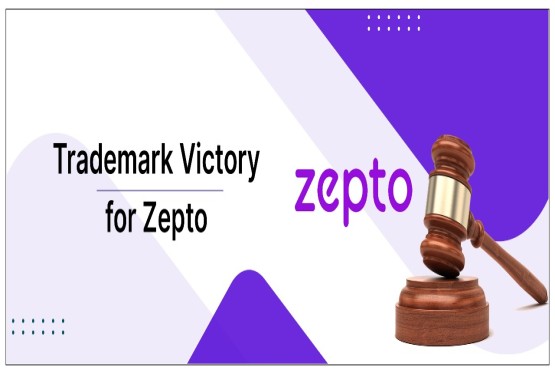

































_crop10_thumb.jpg)

















